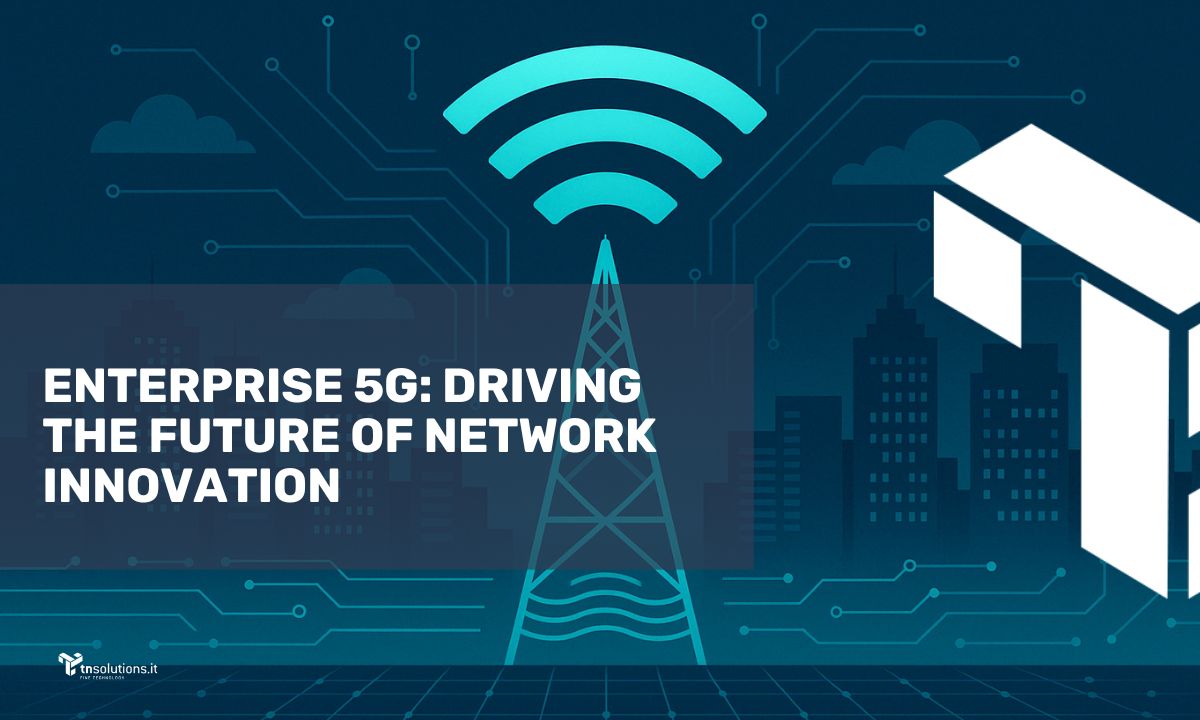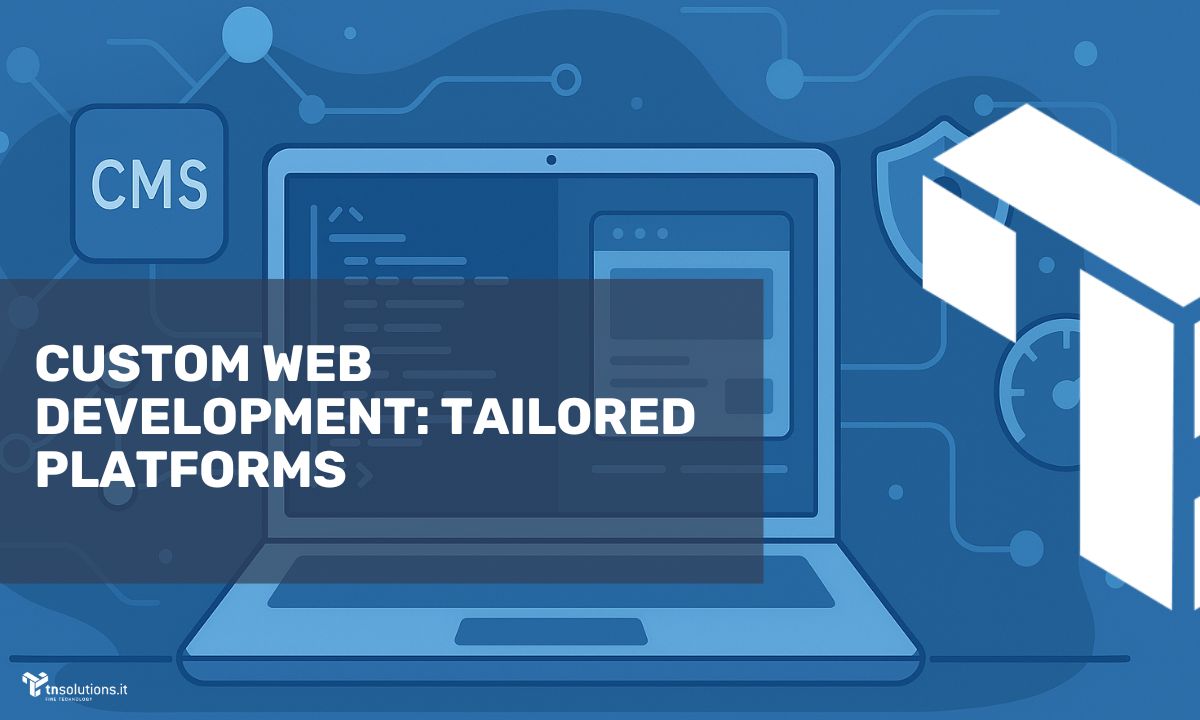
- What Are DoS Attacks and How Do They Work?
- Types of DoS Attacks
- Key Characteristics of DoS Attacks
- Consequences of DoS Attacks
- Preventing and Mitigating DoS Attacks
- How CDNs Help Counter DoS Attacks
- Advantages of Using a CDN During a DoS Attack
- Limitations of CDNs
- The Role of Firewalls in DoS Defense
- Best Practices for Using Firewalls
- Building a Secure Future
- Stay Secure, Stay Informed
DoS Attacks: The Silent Enemy
What Are DoS Attacks and How Do They Work?
DoS (Denial of Service) attacks are a type of cyber assault designed to make a service, application, or system unavailable to legitimate users. This is achieved by overwhelming the target with excessive traffic. If multiple systems are involved, the attack is classified as a Distributed Denial of Service (DDoS).
Types of DoS Attacks
DoS attacks are categorized by the type of traffic or vulnerabilities they exploit:
- Volumetric Attacks: Overload the target with massive traffic volumes.
- Application-Layer Attacks: Exploit vulnerabilities in web applications, such as HTTP/HTTPS requests.
- Protocol Attacks: Exploit weaknesses in network protocols like DNS or NTP.
Key Characteristics of DoS Attacks
- Anomalous Traffic: Unusual and heavy traffic patterns, detectable through network analysis.
- System Overload: Excessive load causes systems to crash or become inaccessible.
- Economic Damage: Organizations can incur significant financial losses.
Consequences of DoS Attacks
- Service Downtime: Disruption of service for legitimate users.
- Financial Losses: Potentially devastating economic impact.
- Data Loss: In rare cases, DoS attacks may lead to data loss.
Preventing and Mitigating DoS Attacks
To safeguard against DoS attacks, implement the following measures:
- Traffic Filtering: Deploy systems to block unusual traffic.
- Load Balancing: Distribute incoming traffic across multiple servers.
- Regular Updates: Keep systems and applications patched with the latest security updates.
How CDNs Help Counter DoS Attacks
Content Delivery Networks (CDNs) play a pivotal role in mitigating the effects of DoS attacks:
- Traffic Filtering: Block suspicious network packets.
- Caching: Store cached versions of web content to reduce server load.
- Load Balancing: Spread traffic across multiple servers.
- Volumetric Protection: Absorb large volumes of traffic.
- Threat Detection: Identify and neutralize potential threats in real-time.
Advantages of Using a CDN During a DoS Attack
- Reduced Server Load: Alleviates pressure on the main server.
- Network Protection: Shields internal networks from external threats.
- Improved Availability: Maintains service uptime despite ongoing attacks.
- Cost Efficiency: Lowers the costs associated with attack mitigation.
Limitations of CDNs
While CDNs are invaluable, they have certain limitations:
- Cost: Initial investment can be high.
- Technical Setup: Requires expertise for optimal configuration.
- Capacity Limits: CDNs can reach their traffic-handling limits during massive attacks.
The Role of Firewalls in DoS Defense
Firewalls are another critical component in defending against DoS attacks:
- Network Protection: Block anomalous traffic before it reaches the server.
- Load Reduction: Minimize server load during an attack.
- Service Continuity: Enhance uptime by filtering malicious requests.
Best Practices for Using Firewalls
- Expert Configuration: Ensure setup is performed by trained administrators.
- Traffic Monitoring: Regularly analyze traffic for anomalies.
- Firmware Updates: Keep firewalls updated with the latest security features.
Building a Secure Future
Understanding and addressing the risks of DoS attacks is essential in today’s digital landscape. Combining firewalls, CDNs, and proactive measures creates a robust defense against these silent threats.
Stay Secure, Stay Informed
Protecting your systems is an ongoing process. Spread awareness and empower your team with the knowledge to defend against cyber threats.
Contact us for expert IT support and cybersecurity consultation!
Together, we can create a safer, more connected future.












